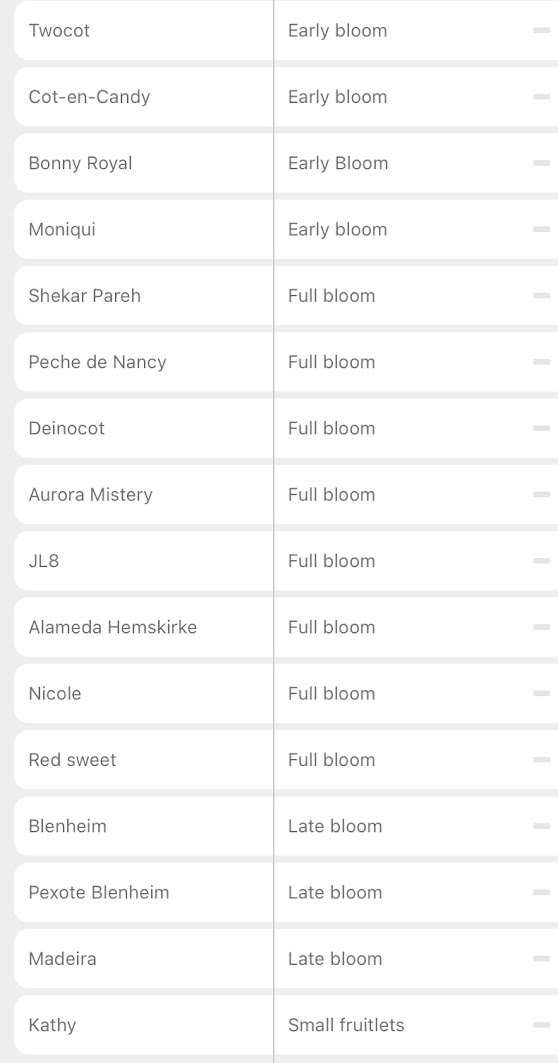This post describes the cuttings sale on reallygoodplants.com in December 2024. This year we are offering wood from 440 different cultivars.
The sale will open at 6 PM PST on December 1.
1. We will cut and ship the orders as soon as the wood is ready. The deciduous wood will be cut when the trees become dormant. Please see the recently posted video about dormancy in various mulberry cultivars. The evergreen species will be cut ASAP. The wood of white sapote, rose apple, and avocado do not store for a long time. These should be used in under a week or two after receiving.
We did our best estimate on the amount we can cut, and we might be able to restock some cultivars after the shipment of early orders.
2. The information about most of our cultivars can be found on our blog and YouTube.
3. Most of the material offered here should be grafted; however, there are some accessions that can be rooted. We successfully rooted all Elaeagnus species, kei apples, figs, grapes, rose apple, sour cherry PV Hybrid #1, Adara plum, and many mulberries. You may want to check out our post on mulberry rooting abilities, as well as our rooting video. If you plan on rooting some material, we would still recommend grafting a piece for a backup.
All pomegranates root fine. If you want to graft these, make sure to graft onto strong young shoots. More about grafting in this post.
4. The cuttings’ length and diameter will depend on the species. We will supply at least 6-inch-long cuttings with at least 3 buds. A 6-inch-long apricot scion can have up to 20 buds, while some vigorous mulberries might have 6- to 8-inch-long internodes. On average, mulberry cuttings will be longer than avocado, apricots, and feijoa. Some mulberries grow very thick shoots. If you are planning on getting the Himalayan types like Naples, Steve Murray, etc., these may be up to 1 inch in diameter and will require established rootstocks to graft onto, or you should prepare to chip-bud onto your smaller rootstocks.































